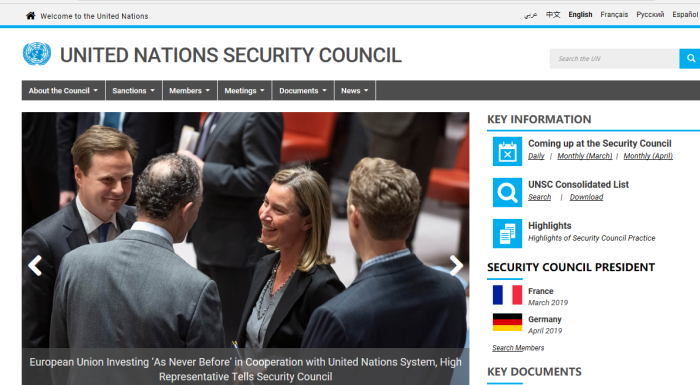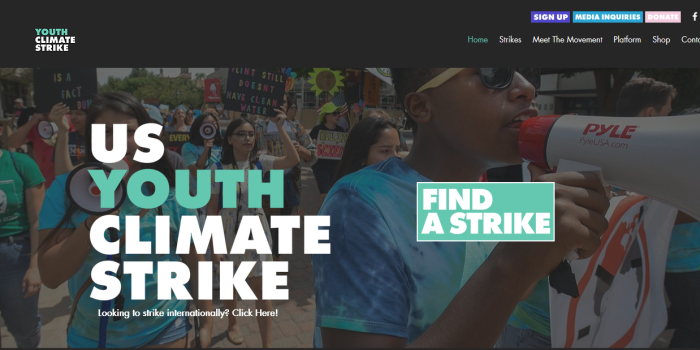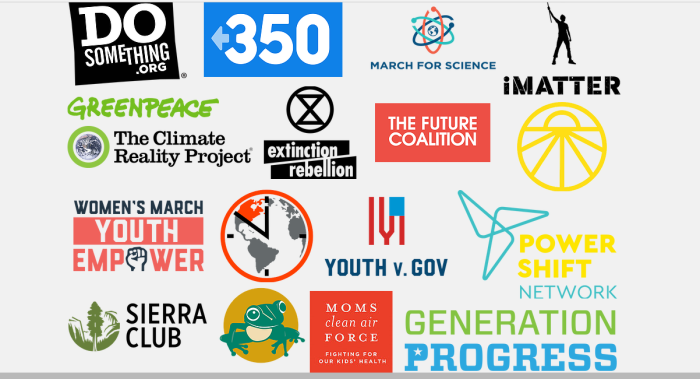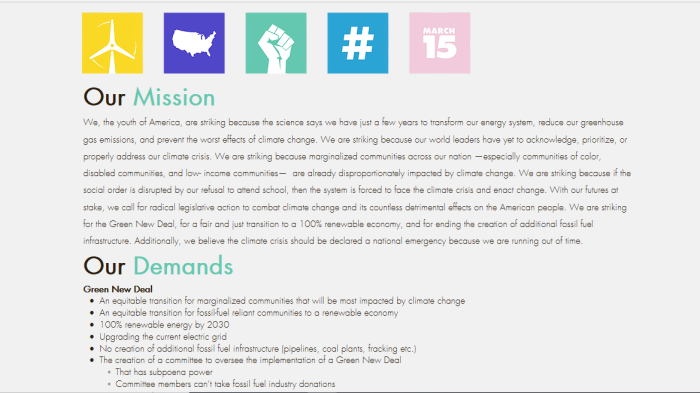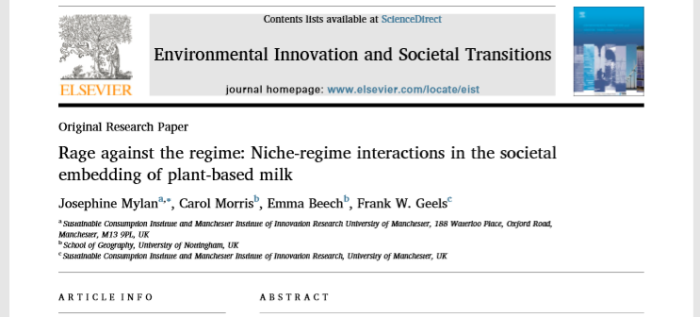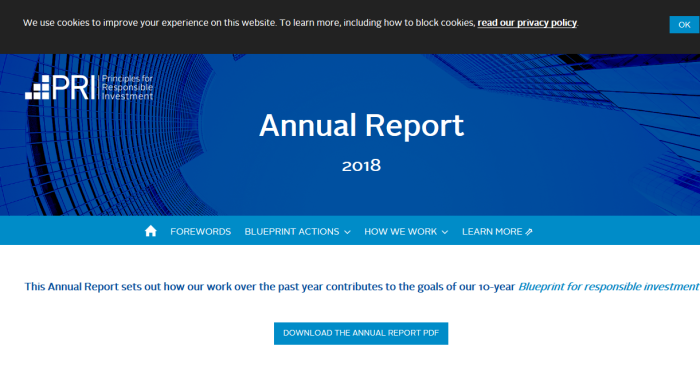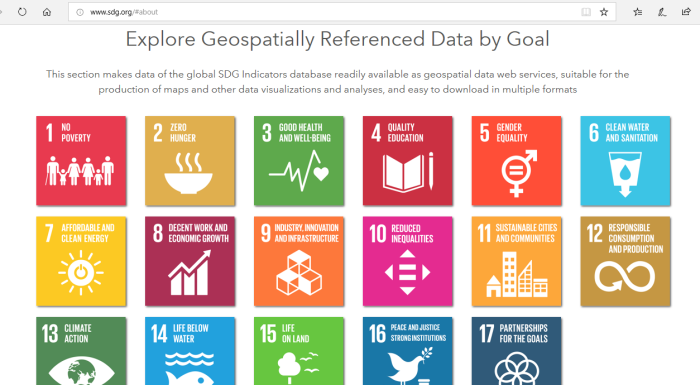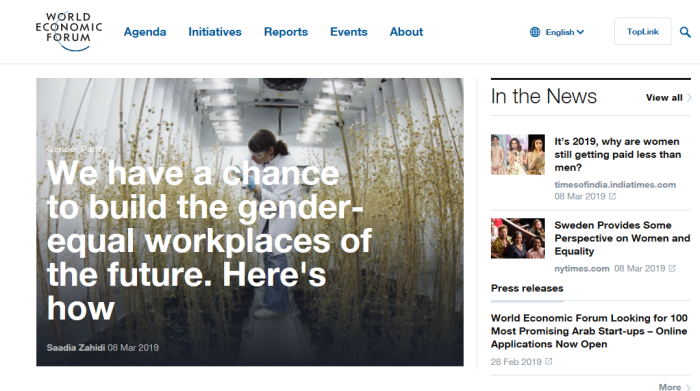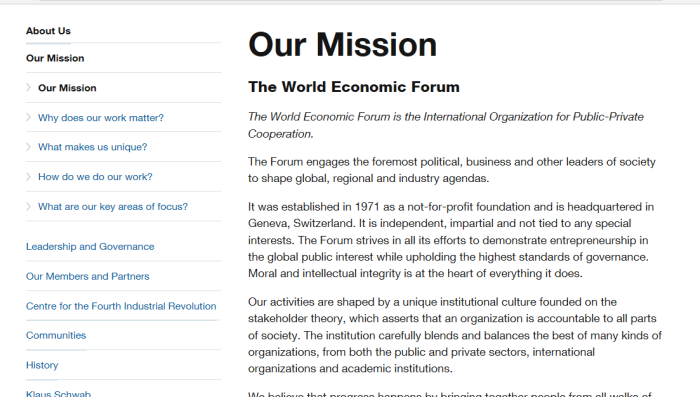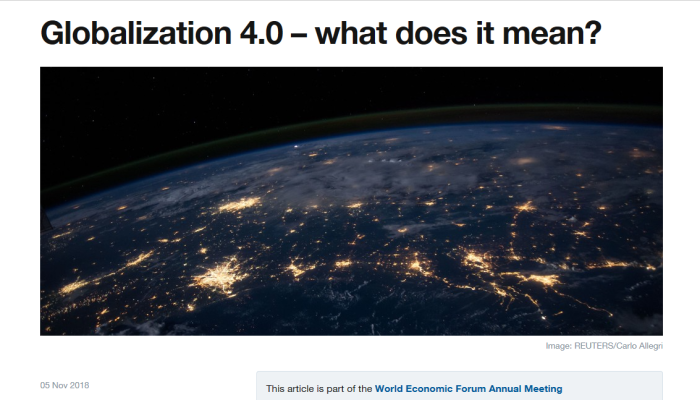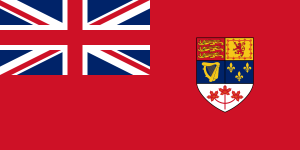
(Article originally published on rightdecision.ca. It’s a recently started website with some different ideas and opinions.
The landscape has been changing even more in recent years. Who governs your country, and what agenda they have matters. But that divide is not what we have been led to believe.
It is not Left v.s. Right.
Rather,
It is Globalist v.s. Nationalist
A NATONALIST believes that their country should remain sovereign, and that the citizens should be responsible for determining its destiny. There will be differences of opinions, yes, but the belief is still that citizens should be in charge of their future. The culture, language, heritage and traditions should remain intact. Control should lie with elected representatives of a Federal Parliament/Congress.
A GLOBALIST believes that national sovereignty should be eroded or stopped altogether in the name of “the greater good”. This ideology rejects any sort of distinctive national identity, and promotes world government/1-world vision ideals. The needs and interests of host nations are obstacles to be overcome, and a global body should determine what is best for everyone.
If you think your Federal representatives don’t look after your interests, do you think Global reps would do any better?
There is not a single administration in Canada that is responsible for this. Successive governments have implemented UN and Globalists ideas for over 50 years now. It is death by a thousand cuts.
Across the Western World, so called “Conservative” parties implement much the same policies as Liberals. They just aren’t as gung ho when selling them to the people.
To name a few:
-UN Global Migration Compact-UN Agenda 21/2030
-UN Digitial Cooperation (Internet Regulation)
-UN Religious Defamation (Blasphemy Ban)
-UN Paris Accord (Carbon Taxes)
-UN Global Citizenship Initiative
-UN Gender Agenda
Much of the work on my site, Canuck Law, has been to draw attention to what is happening. Globalist forces are piece by piece taking away our freedoms and autonomy.
In addition to writing about this topic, I took action in a different way: going to court (3 times now).
Challenge to the UN Global Migration Compact:
As was reported, I went to Calgary on December 6, 2018 in an attempt to file a legal challenge to it being implemented.
The short version of events is this, after some back and forth, the Federal Court Judge threw out the case (and awarded $500 in court costs). Although numerous grounds were cited in the reasons, one important thing stands out.
THE FEDERAL COURT RULED THAT THE United Nations Global Migration Compact WAS NEVER INTENDED TO BE A BINDING LEGAL CONTRACT.
Many of us were worried that signing this agreement would become a sort of “soft law”, which legally binding future decisions could then be based off of. In a sense, leaving the Compact unchallenged would the worst . But now that a Court has ruled it’s not binding, that “should” put a stop to it.
There are 2 other matters pending:
1/ Attempting to close the loophole in the Canada/US Safe 3rd Country Agreement. Canada and the US recognize each other as safe countries. Therefore, people attempting asylum claims should not be able to “shop” around, but claim asylum in the first country they reach. However, due to poor wording, it seems to not apply if they cross anywhere other than an official port.
2/ Although still in the proposal stages, hundreds of high ranking officials within UN supporting countries are floating the ideal of a UN Parliamentary Assembly, or Global Government. Obviously, Canada will have no control over its own interests if we joined such a group. Canada would be just 1 of 193 nations (and hold 0.5% of voting rights).
It will be interesting to see how those turn out.
Regardless, Canadians do need to wake up to what is happening around them. We don’t have a country, if we cannot control our borders, immigration, laws, or domestic policies.
I openly advocate leaving the UN (see https://canucklaw.ca/canada-should-leave-the-un-the-masterlist/). As more and more Canadians become aware, this opinion will certainly grow.
UN and Globalism Links
(1) UN International Court of Justice
(2) UN Global Migration Compact
(2a) Cities Compact for Global Migration (2017)
(3) Canada/US Safe 3rd Country Agreement, and see HERE
(4) Proposed UN Parliament/World Gov’t
(4a) Mein Kampf 2.0 (in German)
(5) Paris Accord
(5a) UN Climate Change Agenda
(6) The Multiculturalism Act
(7) Can. Citizenship Act (birth tourism)
(8) Bill C-6 (citizenship for terrorists)
(8a) UN Supports Repatriation For Terrorists
(9) M-103 (Iqra’s Blasphemy Motion)
(9a) 2008 UN Vote to ban blasphemy (worldwide)
(10) $595M bribery of journalists, Pg40
(11) UN Agenda 21 (June 1992)
(12) UN Agenda 2030 (September 2015)
(13) UN Global Citizenship Education
(14) UN Internet Governance
(15) UN Forum on Forests
(16) UN Urban Development Agenda
(17) UN Decl. On Rights Of Indigenous People
(18) UN Right to Life, Article 6, Right To Life
(18a) UN Comment 36, Right to Abortion Para 9
(19) UN Gender & Language Agenda
(20) UN Democratic Agenda
(21) UN & MasterCard SDA Partnership
(22) UN consulting firm Lawyers Without Borders
(23) UN & Sexual Abuse/Exploitation
(24) ICLEI – Local Gov’t For Sustainability
(25) UN Promotes Replacement Migration Throughout 1st World
(26) World Economic Forum, Davos, Switzerland
(27) UN SDG (Agenda 21/2030) Data Hub
(28) Agenda 21 Book (Cut Freedoms, Very Honest)
(29) Ocasio-Cortez H-Res 109, Green New Deal
(29a) Green New Deal FAQ
Without sovereignty, and control over our own affairs, the nation dies.

